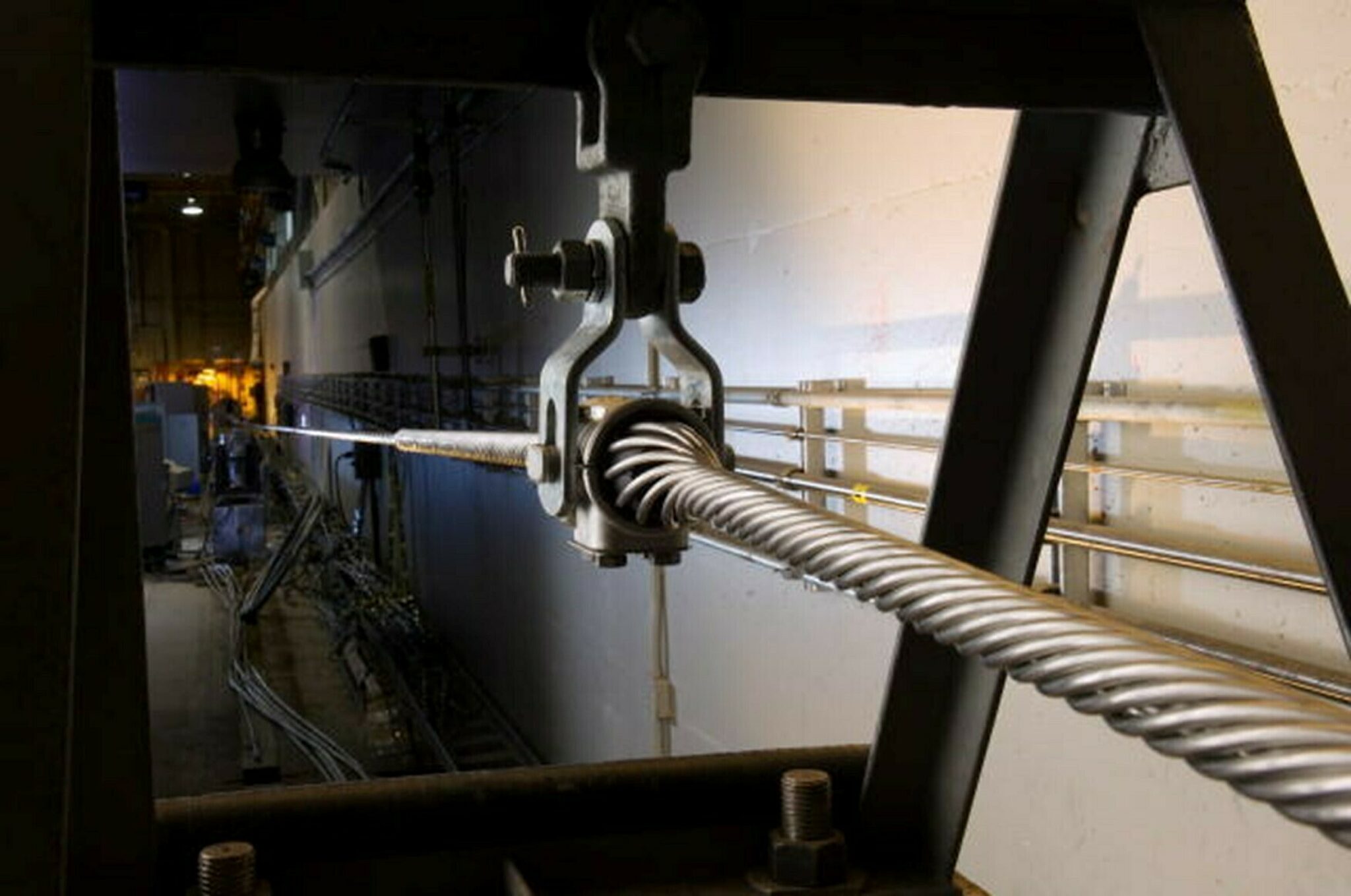Checking Out the Perks of Optical Fiber Testing for Enhanced Communication Equipments
The relevance of optical fibre screening in contemporary communication systems can not be overstated, as it functions as a structure for making certain network integrity and efficiency. Using sophisticated methodologies such as Optical Time-Domain Reflectometry (OTDR) and insertion loss analysis, companies can not just identify faults but also optimize their configurations. This proactive testing approach has extensive effects for signal top quality and functional effectiveness, elevating the question of exactly how these practices contribute to long-lasting sustainability in an ever-evolving technical landscape. Recognizing these characteristics is vital for stakeholders intending to keep an affordable side.
Relevance of Optical Fibre Screening
The importance of optical fiber testing can not be overemphasized in today's data-driven atmosphere. As organizations significantly rely upon high-speed information transmission for everyday operations, the honesty and efficiency of optical fiber networks are paramount. Testing ensures that these networks can sustain the substantial quantities of data produced and sent seamlessly, promoting effective communication and connectivity.
Optical fibre testing offers numerous essential features, consisting of validating installation top quality, identifying possible mistakes, and determining general system performance. Normal testing can protect against pricey downtimes and service disturbances, enabling organizations to preserve operational connection. Moreover, it helps in compliance with industry standards and laws, guaranteeing that fibre optic installations fulfill needed specs for safety and reliability.
Additionally, testing can improve the longevity of fibre optic systems. By proactively determining issues such as signal loss, depletion, or connector failings, organizations can address problems before they rise, thus expanding the life of their framework. In recap, optical fibre testing is not just a technological demand but a strategic financial investment that improves network dependability, enhances efficiency, and inevitably sustains the growth and effectiveness of contemporary communication systems.
Trick Testing Techniques

OTDR is an important technique made use of to recognize mistakes, step splice losses, and examine the total integrity of a fiber optic link. By sending a pulse of light down the fibre and analyzing the reflected light, service technicians can pinpoint areas of faults and review the network's efficiency over lengthy distances.
Insertion loss testing gauges the quantity of signal loss that takes place when light passes via a link or splice. This technique is critical for confirming that links meet specified loss limits, which is crucial for maintaining optimum efficiency in interaction systems.
Optical return loss testing measures the amount of light reflected back towards the resource as a result of imperfections in the fiber or connections. High return loss values show far better performance and reduced signal destruction.
Together, these testing methods provide a detailed evaluation of fibre optic networks, ensuring their reliability and capability in varied communication applications.
Influence On System Performance
Effective optical fiber testing directly influences the total performance of communication systems. By guaranteeing the honesty of fiber optic cords, testing identifies prospective faults such as depletion, splice loss, and port imbalance. These problems can considerably weaken signal quality, leading to disturbances and decreased data transmission speeds.

In addition, regular optical fibre testing adds to long-term system sustainability. It allows early discovery of deterioration, allowing for timely upkeep and upgrades prior to major failures happen. This not only lengthens the life expectancy of the facilities however likewise makes sure that interaction systems stay competitive in regards to performance.
Cost-Effectiveness and Effectiveness
Cost-effectiveness is a critical factor to consider in the deployment and maintenance of optical fiber networks. Carrying out robust optical fiber testing treatments can dramatically minimize functional prices by recognizing problems before they escalate into significant problems. optical fibre testing equipment. By discovering mistakes, depletion, and various other efficiency obstacles early, organizations can stay clear of pricey fixings and downtime, which can interrupt solutions and cause earnings loss
Furthermore, reliable testing methods simplify the installment procedure, permitting technicians to function better. This equates to lower labour costs and faster task conclusion times. Advanced screening tools, such as Optical Time Domain Name Reflectometers (OTDRs), allows an accurate analysis of fibre high quality, guaranteeing that just ideal materials are used, thus decreasing waste.
Regular screening also adds to better source allotment. By understanding the network's efficiency, companies can make informed decisions about Our site upgrades and expansions, making sure that financial investments are made where they are most required. In recap, optical fiber screening boosts cost-effectiveness and performance, supporting the long-lasting sustainability and competition of interaction systems in a significantly requiring market.
Guaranteeing Long-Term Dependability
Implementing extensive optical fiber screening not just enhances price financial savings and operational performance but also plays a critical function in making sure the lasting integrity of interaction networks. Regular screening techniques, including depletion and data transfer assessments, aid identify prospective degradation in fiber performance prior to it results in service interruptions.
By employing advanced testing methodologies, network operators can pinpoint mistakes or weak points in the fibre framework, allowing for timely removal. This proactive approach decreases downtime, making sure that communication systems continue to be practical and efficient. Furthermore, normal screening adds to the advancement of a more durable network, as drivers can adapt and maximize their facilities based upon real-time information insights. ofda.
In addition, ensuring compliance with market standards with optical fibre testing reinforces the high quality and integrity of the entire communication system. This adherence not only boosts confidence amongst stakeholders yet also lines up with regulative demands, which are significantly stringent.
Conclusion
To conclude, optical fibre testing serves as an essential component in improving communication systems. By using different screening methods, such as OTDR and insertion loss analyses, networks can accomplish ideal performance and dependability. The aggressive ofda recognition of mistakes not just boosts signal high quality yet also decreases downtime, eventually adding to cost-effectiveness and functional performance. Adherence to market criteria cultivates stakeholder self-confidence, guaranteeing the long-term sustainability of interaction frameworks in a significantly data-driven landscape.